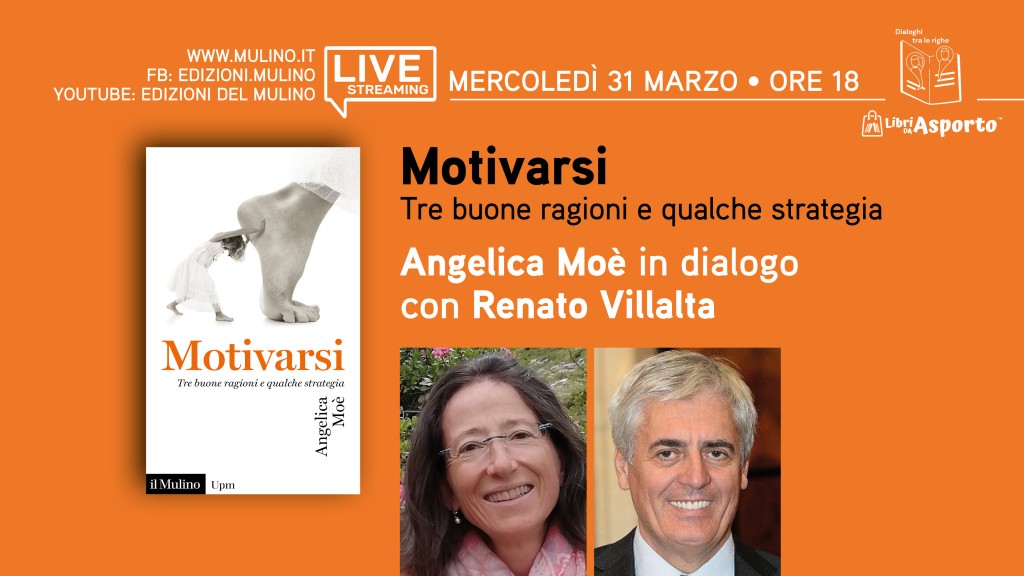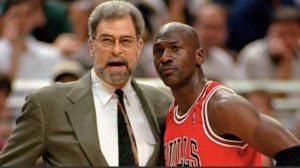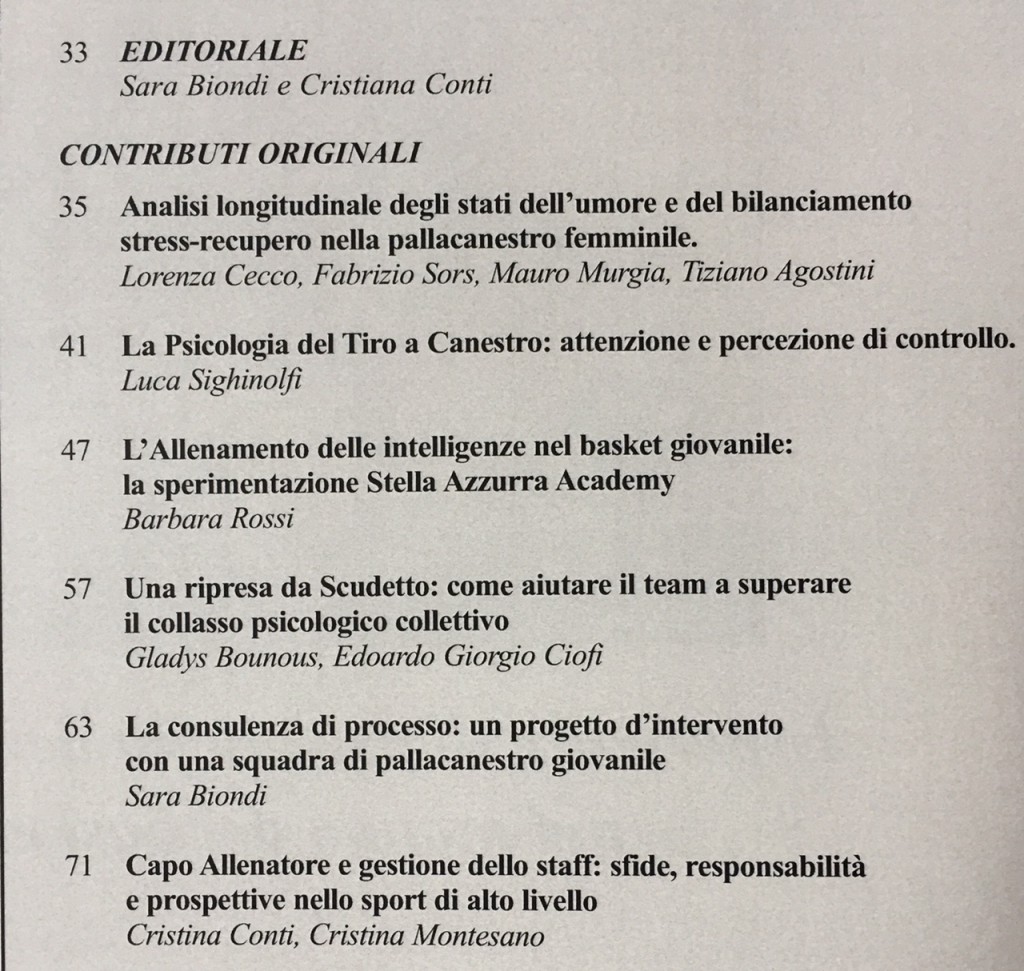New study with 756 first through fifth graders demonstrates that a six-week mashup of hoops and math has a positive effect on their desire to learn more, provides them with an experience of increased self-determination and grows math confidence among youth. The Basketball Mathematics study was conducted at five Danish primary and elementary schools by researchers from the University of Copenhagen’s Department of Nutrition, Exercise and Sports.
In recent decades, there has been a considerable amount of attention paid to explore different approaches to stimulate children’s learning. Especially, there has been a focus on how physical activity, separated from the learning activities, can improve children’s cognitive performance and learning. Conversely, there has been less of a focus aimed at the potential of integrating physical activity into the learning activities. The main purpose of this study therefore was to develop a learning activity that integrates basketball and mathematics and examine how it might affect children’s motivation in mathematics.
Increased motivation, self-determination and mastery
Seven-hundred fifty-six children from 40 different classes at Copenhagen area schools participated in the project, where about half of the them—once a week for six weeks—had Basketball Mathematics during gym class, while the other half played basketball without mathematics.
“During classes with Basketball Mathematics, the children had to collect numbers and perform calculations associated with various basketball exercises. An example could be counting how many times they could sink a basket from three meters away vs. at a one-meter distance, and subsequently adding up the numbers. Both the math and basketball elements could be adjusted to suit the children’s levels, as well as adjusting for whether it was addition, multiplication or some other function that needed to be practiced,” explains Linn Damsgaard, who is writing her Ph.D. thesis on the connection between learning and physical activity at the University of Copenhagen’s Department of Nutrition, Exercise and Sports.
The results demonstrate that children’s motivation for math integrated with basketball is 16% higher com-pared to classroom math learning. Children also experienced a 14% increase in self-determination compared with classroom teaching, while Basketball Mathematics increases mastery by 6% compared versus classroom-based mathematics instruction. Furthermore, the study shows that Basketball Mathematics can maintain children’s motivation for mathematics over a six-week period, while the motivation of the control group decreases significantly.
“It is widely acknowledged that youth motivation for schoolwork decreases as the school year progresses. Therefore, it is quite interesting that we don’t see any decrease in motivation when kids take part in Basketball Mathematics. While we can’t explain our results with certainty, it could be that Basketball Mathematics endows children with a sense of ownership of their calculations and helps them clarify and concretize abstract concepts, which in turn increases their motivation to learn mathematics through Basketball Mathematics,” says Ph.D. student Linn Damsgaard
Active math on the school schedule
Associate Professor Jacob Wienecke of UCPH’s Department of Nutrition, Exercise and Sports, who supervised the study, says that other studies have proved the benefits of movement and physical activity on children’s academic learning. He expects for the results of Basketball Mathematics on children’s learning and academic performance to be published soon:
“We are currently investigating whether the Basketball Mathematics model can strengthen youth performance in mathematics. Once we have the final results, we hope that they will inspire school teachers and principals to prioritize more physical activity and movement in these subjects,” says Jacob Wienecke, who concludes:
“Eventually, we hope to succeed in having these tools built into the school system and the teacher’s education. The aim is that schools in the future will include “Active English” and “Active Mathematics” in the weekly schedule as subjects where physical education and subject-learning instructors collaborate to integrate this type of instruction with the normally more sedentary classwork.”
(Source: phys.org)










